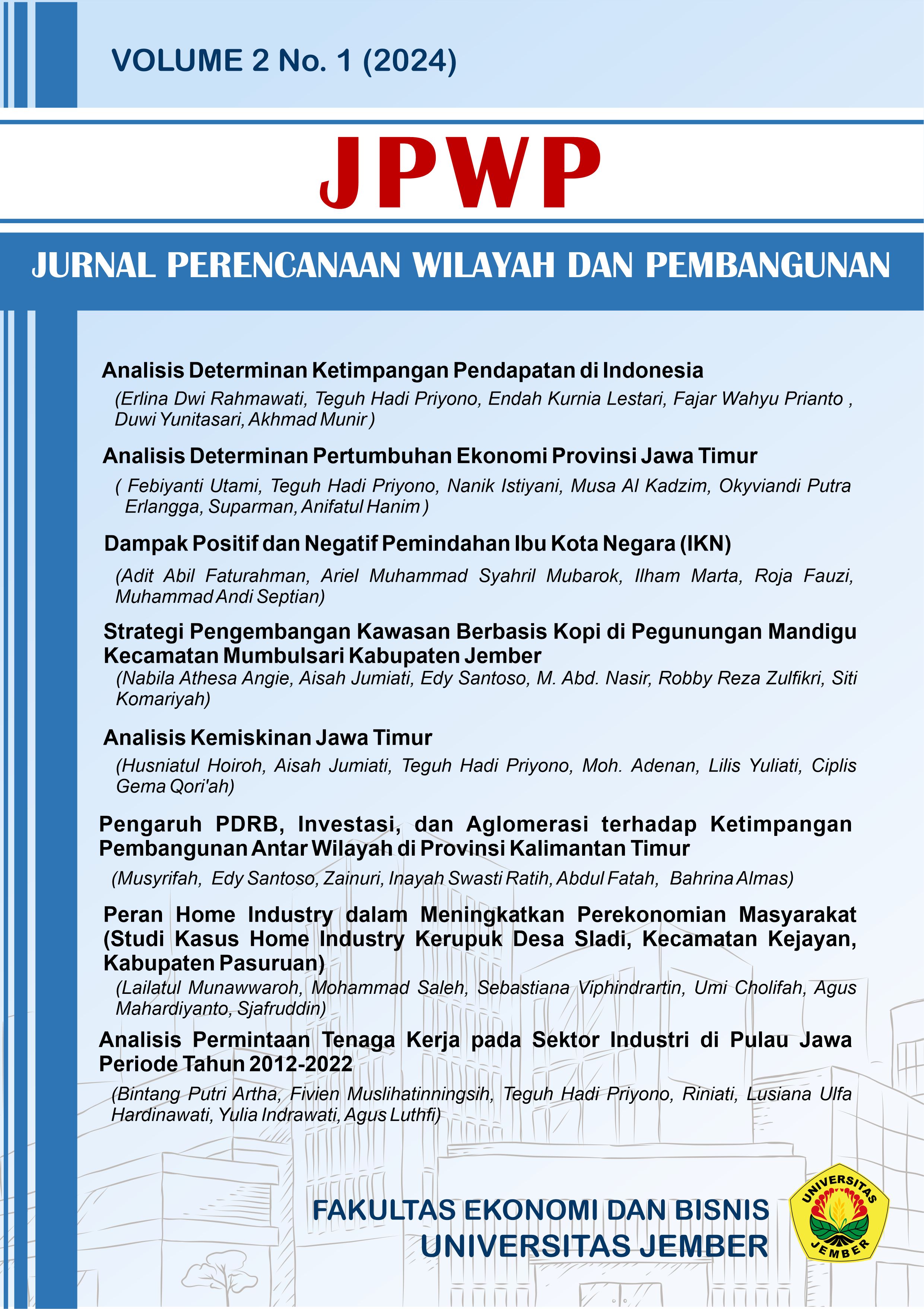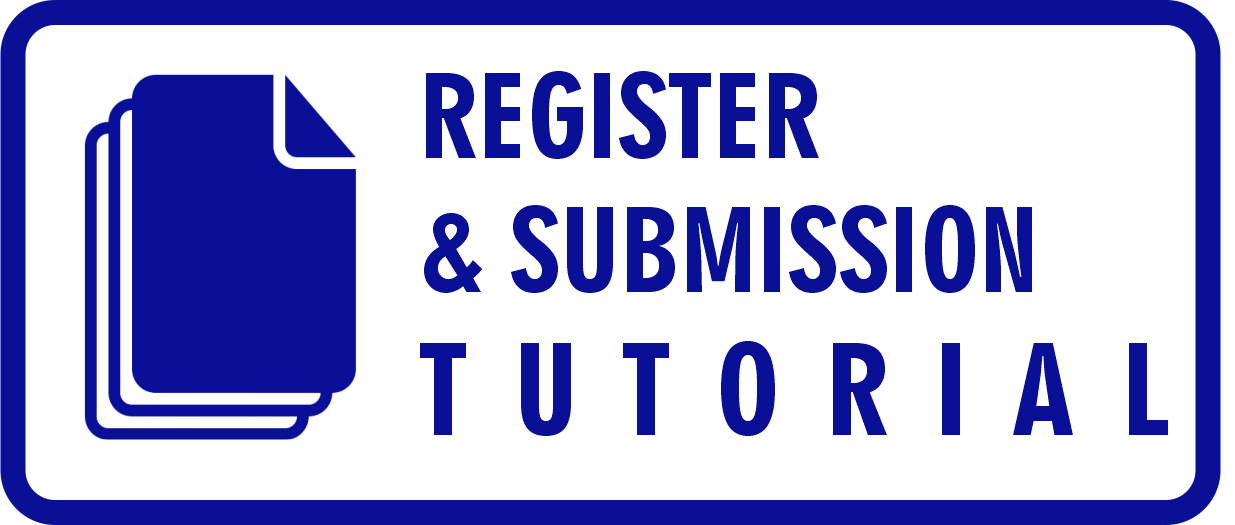Strategi Pengembangan Kawasan Berbasis Kopi Di Pegunungan Mandigu Kecamatan Mumbulsari Kabupaten Jember
Abstract
This research was conducted to knowing the Development Strategy coffee based areas in the Mandigu Mountains, Mumbulsari District, Jember Regency. This research was conducted in Lambeji Village, Mumbulsari District, Jember Regency. This type of research is qualitative descriptive research with data analysis methods using the SWOT method. The result obtained in this research are : 1) Internal factors that influence the development of coffee based areas in the Mandigu Mountains are adequate geographical conditions (strengths) and the lack of farmers and accesbility that is difficult to reach (weakness). 2) External factors that influence the development of coffee based areas in the Mandigu Mountains are land use by planting other crops (opportunity) and erratic weather changes that can hamper the growth and quality of coffee (threat). 3) The result of the analysis show that the strategy obtained from the matrix is that the alternative strategies are providing a supply of quality coffee seeds which is carried out in developing the coffee business, utilizing fertile land conditions with quality coffee to meet the increasing demand for coffee consumers, increasing income diversification, especially additional daily income with land optimization efforts..
References
Badan Pusat Statistika. 2023. “Produksi Perkebunan Kopi Di Jawa Timur.” https://jatim.bps.go.id/linkTabelStatis/view/id/105.
Farah, A. 2012. “Coffe Constituents in Coffee : Emerging Health Effect and Disease Revention.” In Blacwell Publishing Ltd. https://www.ift.org/-/media/KnowledgeCenter/Publications/Books/Samples/IFTPressBook_Coffee_PreviewChapter.pdf.
Kadarisman, M. 2013. Manajemen Pengembangan Sumber Daya Manusia. Jakrta: PT. Raja Grafindo Persada.
Kosasih. 2017. “Perencanaan Strategi Pemasaran Online Untuk End-User Pant of Shoes Berdasarkan Swot.” Jurnal Manajemen Dan Start-Up Bisnis 2.
Nazir. 2014. Metode Penelitian. Bogor: Ghalia Indonesia.
Nugraha, Listyawati Ardi. 2011. Pengaruh Modal Usaha. Yogyakarta: Pustaka Pelajar.
Rismunandar, dan Paimin. 2011. “Kayu Manis Budidaya Dan Pengolahan.” penebar Swadaya, SUrabaya.
Schuler, R. 1992. “Strategic Human Resource Management: Linking the People With the Strategic Needs of the Business.” Organizational Dynamics, Summer: 18–31.
Sugiarto. 2007. Ekonomi Mikro Sebuah Kajian Komprehensif. Jakarta: PT. Gramedia Pustaka Utama.
Utami, Jamhari, dan Suhatmi Hardyastuti. 2011. “EL Nino, La Nina Dan Penawaran Pangan Di Jawa, Indonesia.” Jurnal Ekonomi Pembangunan 12:2: 257–71.
Yuhono, J.T dan Djaenudin. 2009. “Penerapan Sistim Nilai Cacat (Defect System) Dan Citarasa Kopi Upaya Peningatan Mutu Kopi Di Provinsi Lampung Pusat Penelitian Sosial Ekonomi Kehutanan Bandar Lampung.” Penelitian Sosial Ekonomi.

This work is licensed under a Creative Commons Attribution-ShareAlike 4.0 International License.












